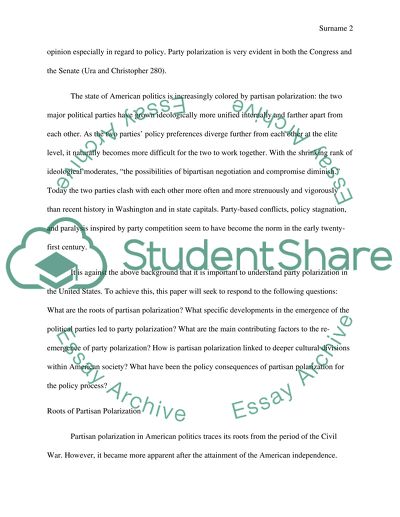Cite this document
(“The Causes of Party Polarization in America Term Paper”, n.d.)
The Causes of Party Polarization in America Term Paper. Retrieved from https://studentshare.org/politics/1451876-party-polarization
The Causes of Party Polarization in America Term Paper. Retrieved from https://studentshare.org/politics/1451876-party-polarization
(The Causes of Party Polarization in America Term Paper)
The Causes of Party Polarization in America Term Paper. https://studentshare.org/politics/1451876-party-polarization.
The Causes of Party Polarization in America Term Paper. https://studentshare.org/politics/1451876-party-polarization.
“The Causes of Party Polarization in America Term Paper”, n.d. https://studentshare.org/politics/1451876-party-polarization.


